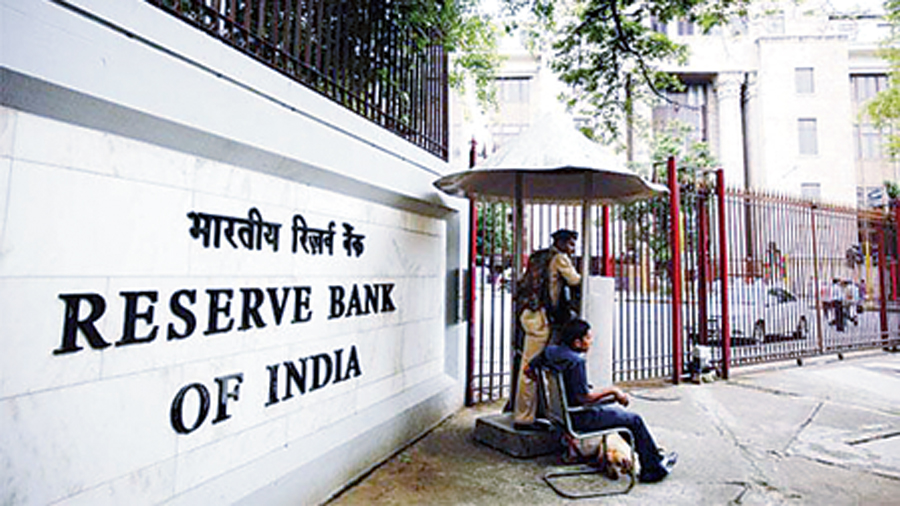The Centre has notified the first part of the National Hydrogen Policy which would allow free inter-state transmission of renewable energy used in the production of green hydrogen and green ammonia.
Unveiling the policy on Thursday, power and renewable energy minister Raj Kumar Singh said the government is targeting production of 5 million tonnes of green hydrogen by 2030 and wants to make India an export hub.
In the policy, green hydrogen and ammonia manufacturers can purchase renewable power from the power exchange or set up renewable energy (RE) capacity themselves or through any other developer, anywhere in the country.
The government will provide open access — connectivity to transmission lines for renewable power — within 15 days of the receipt of the application. Manufacturers can bank (store) their unconsumed renewable power, up to 30 days, with the distribution company, the policy said.
A waiver of inter-state transmission charges for 25 years will be granted to the manufacturers if the projects are commissioned before June 30, 2025.
The government has also proposed to set up manufacturing zones, and green hydrogen and green ammonia plants can be set up in any of the manufacturing zones. Besides, producers will be allowed to set up bunkers near ports for storage of green ammonia for export by shipping. The land for storage will be provided by the respective port authorities at applicable rates.
“In order to achieve competitive prices, the renewable energy ministry may aggregate demand from different sectors and have consolidated bids conducted for the procurement of green hydrogen and ammonia through any of the designated implementing agencies,” the ministry said.
In the second phase of the policy, the government would mandate the use of green hydrogen and green ammonia by plants in a phased manner.
Manoj K. Upadhyay, founder & chairman, ACME Group, said: “The government has tried to address some of the key demands of the industry in terms of open access, grid banking and faster approvals for green hydrogen and ammonia projects.”
“It will be important to build upon the first phase and the government to subsequently come up with policy measures for initial demand creation by means of mandatory green hydrogen and ammonia purchase obligations and at the same time, an equivalent of PLI scheme for green ammonia to make India competitive globally,” he added.
Several Indian companies, including Reliance Industries, Adani Group, Gail India, Greenko and Acme Solar Holdings, have announced green hydrogen plans.
Around 54 per cent or 3.6 million tonnes of India’s annual hydrogen consumption of 6.7 million tonnes is utilised in petroleum refining and the rest in fertiliser production.
This is, however, "grey" hydrogen produced from fossil fuels such as natural gas or naphtha.
India's total hydrogen demand is expected to touch 11.7 million tonnes by 2029-30.












